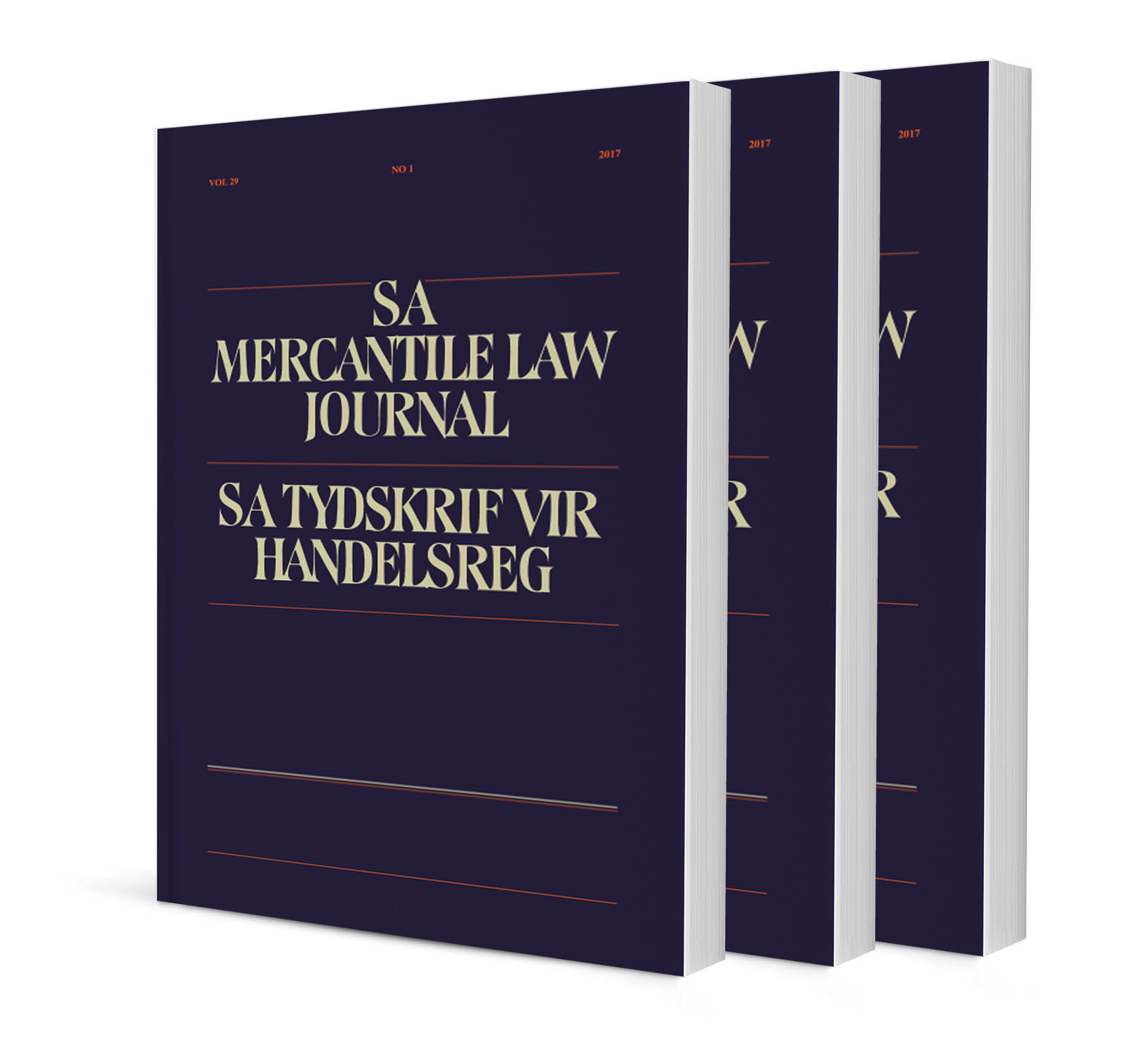Does a settlement agreement between litigants in a civil dispute terminate the jurisdiction of the court?

Does a settlement agreement between litigants in a civil dispute terminate the jurisdiction of the court?
Author: R C Williams
ISSN: 1996-2185
Affiliations: Professor Emeritus, University of KwaZulu-Natal Pietermaritzburg
Source: South African Mercantile Law Journal, Volume 35 Issue 3, 2023, p. 370 – 389
https://doi.org/10.47348/SAMLJ/v35/i3a5
Abstract
This article addresses the legal consequences of a settlement agreement concluded, prior to judgment, between litigants engaged in a civil dispute, with a particular focus on the effect of such an agreement on the jurisdiction of the adjudicating court. Does the settlement agreement terminate the jurisdiction of the court in respect of the litigated issues? Or does the court have the power to ignore the settlement agreement if it does not reflect the equities of the dispute between the litigants and give a judgment based on its own assessment of the equities of the claim and the defence? Or if the court takes the view that the settlement agreement is an attempt by the litigants to avoid the judicial scrutiny of improper conduct û in which event can the court give an order that will prevent the litigants from carrying out the agreement? The focus of this article is the conflict, in this regard, between two recent decisions of the Supreme Court of Appeal.
